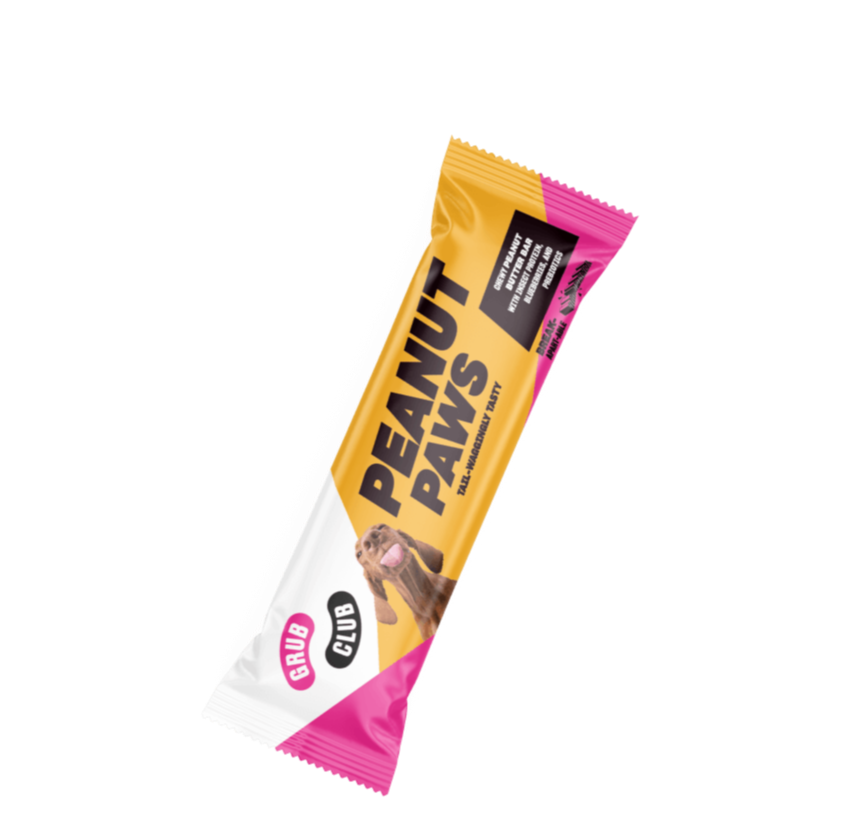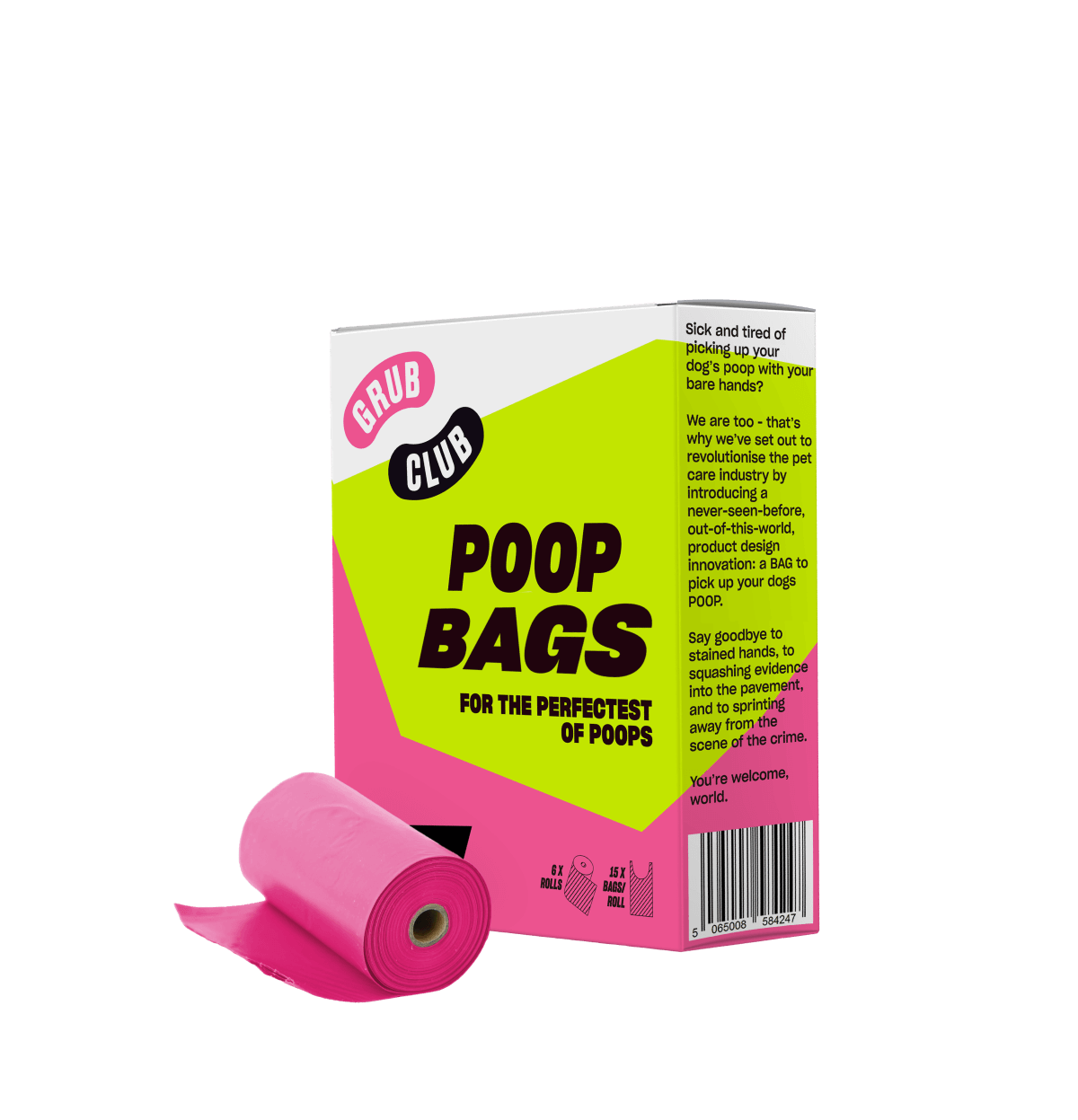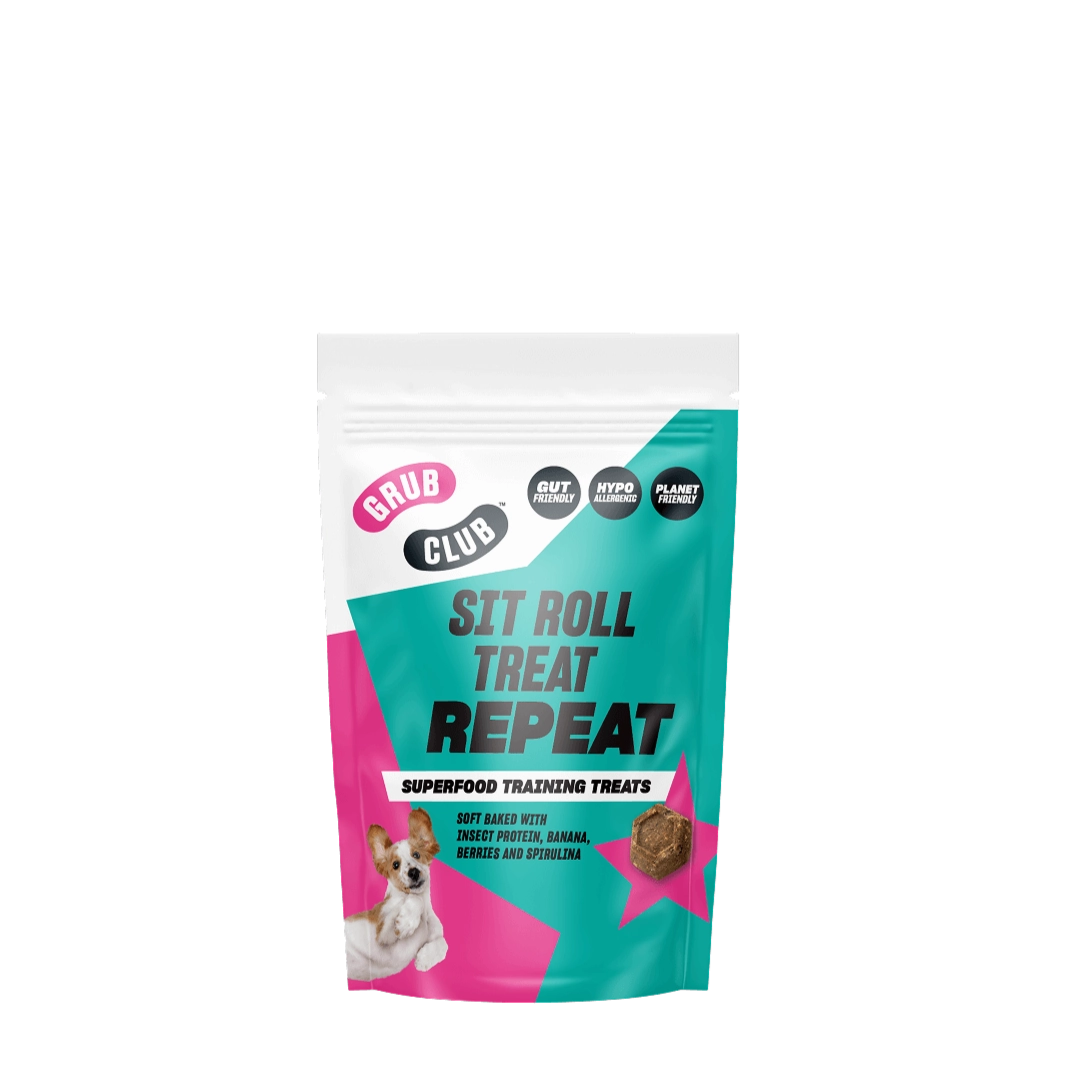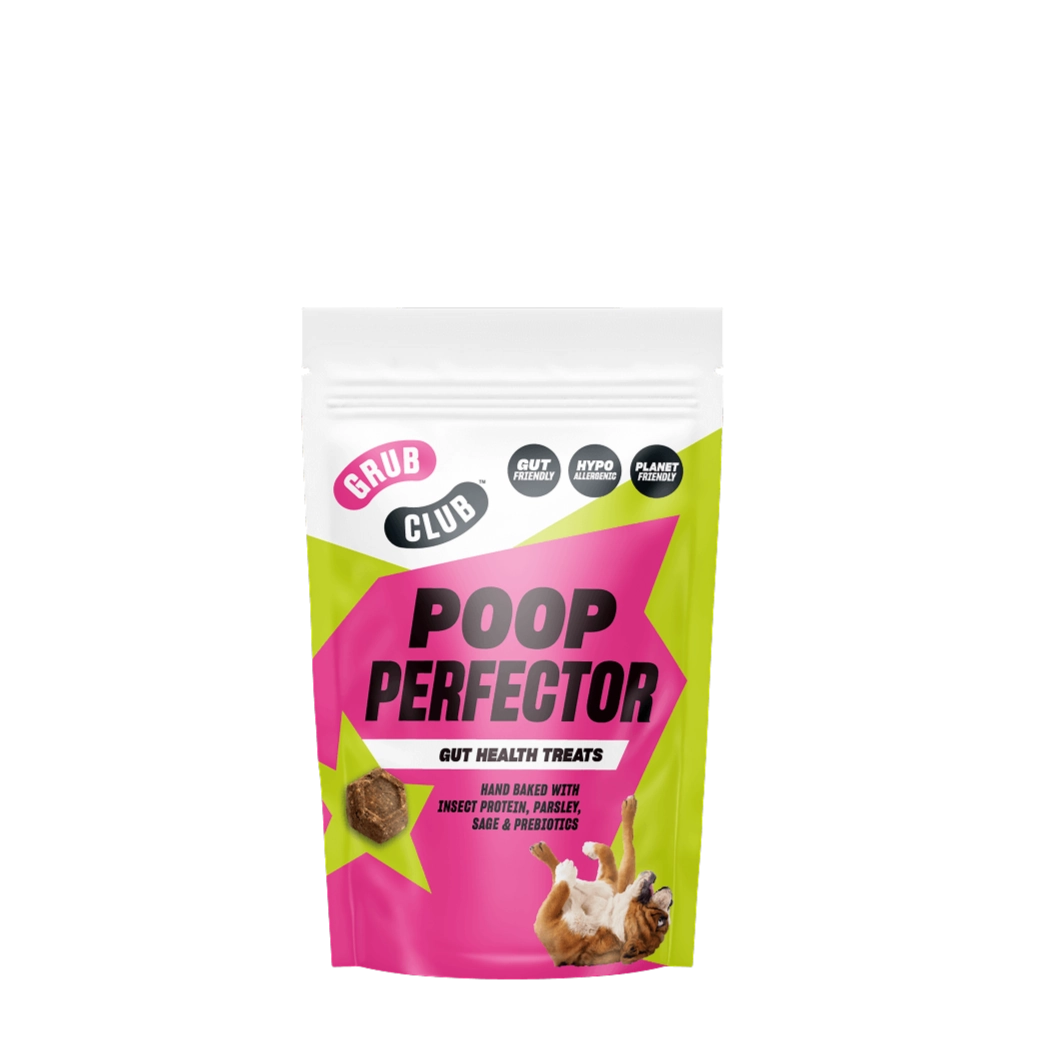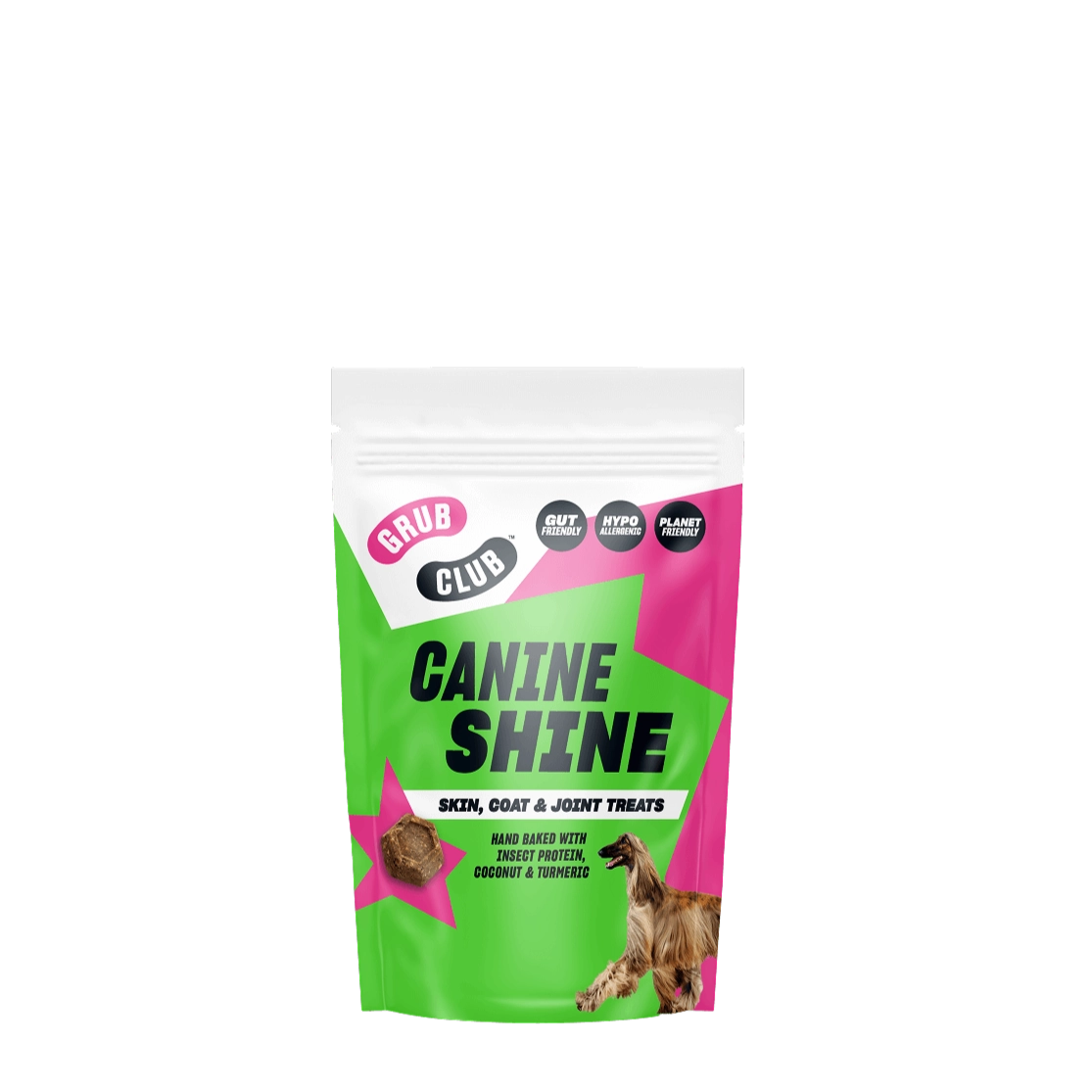Top Dog: All-In-One
Supplement for Snout-to-Tail Wellness
60 Scoops
FREE UK Delivery on orders above £49.
You have £0.00 in your cart, spend £49.00 more and get free shipping.
60 Scoops
1 Bar
72 Bags
1 Pack
1 Pack
1 Pack
Or continue without a name
CheckoutJust like humans, our pets can develop food allergies at anytime and to almost anything. But identifying the underlying issue, coping with the symptoms and treating the allergy can be a little tricky. We take a closer look at the most common food allergens found in dog food, the symptoms of allergies in dogs and how to stop them for good.
Proteins are the most common culprits especially those sourced from beef, dairy, chicken, lamb, eggs and soy. But virtually any food ingredient can produce an allergy in dogs with grains also proving to be problematic for many pups.
The three top meat types that can trigger an allergy are chicken, beef and lamb.
Grains can be a common ingredient in many dog foods but wheat, rye, barley, oats, rice, amaranth, buckwheat, corn, millet and quinoa are all common allergens too.
Food allergy symptoms will vary from dog to dog but typically you will see one or a few of these:

How quickly you see any signs of a food allergy can often depend on how severe your dog’s allergy is. For some dogs, they will show immediate signs moments after eating, usually presenting as vomiting or diarrhoea.
For other dogs, it may take a few hours from when the food has been ingested or even up to 14 days once the body has taken the time to alert the immune system that something isn’t quite right. If your dog starts to display any of the above symptoms it is advisable to seek veterinary advice and to begin looking into alternative food options.
There are different routes you can take in order to help your dog through this tricky and uncomfortable period:
Firstly, you could try what is called the elimination diet. This is where you feed your dog a new food that contains none of the ingredients in their previous dog food. Bad news doggos... This would include all treats and titbits too with the recommended timeframe for results being around 8-12 weeks.
After this period, you can begin to reintroduce your dog’s old food. If they react, your dog definitely has an allergy. You could then take this to the next level by asking your vet for an allergy test or by seeing which common allergens cause a reaction by feeding each to your dog in separate sittings. Once you are aware of their food allergies you can go on to choose a food that doesn’t contain those particular food types.
Another way of fixing your dog’s food allergy is by switching them to a diet that is made up of novel protein. A novel protein diet is one that is made up of a protein that your dog has never eaten before. This could be anything from duck to rabbit, alligator or even kangaroo!
However, there is a particular novel protein which is sustainable, hypoallergenic, high in protein, low in fat and also delicious – insect-based protein. This type of protein has repeatedly been proven to banish those allergic reactions by settling down and eventually eliminating symptoms. Because it is gentle on your dog’s tummy and easily digestible, this type of dog food is the easiest and most straightforward way of treating food allergies.

As long as you take sufficient steps in identifying the root cause and work closely with your vet to help your dog, they can go on to find a suitable dog food type and leave those allergic reactions behind.

